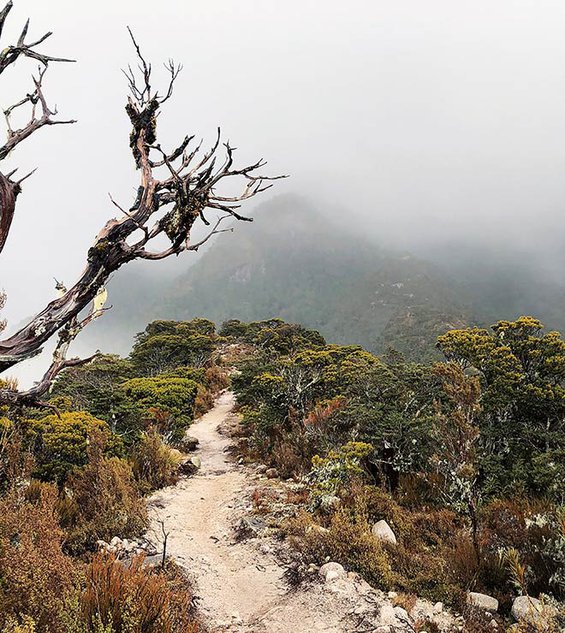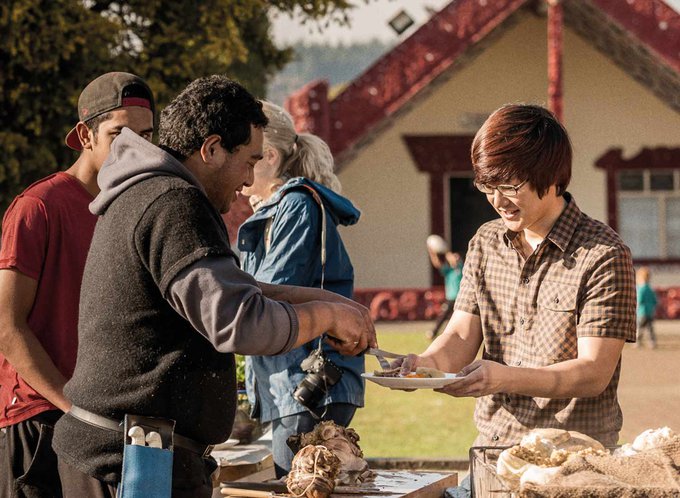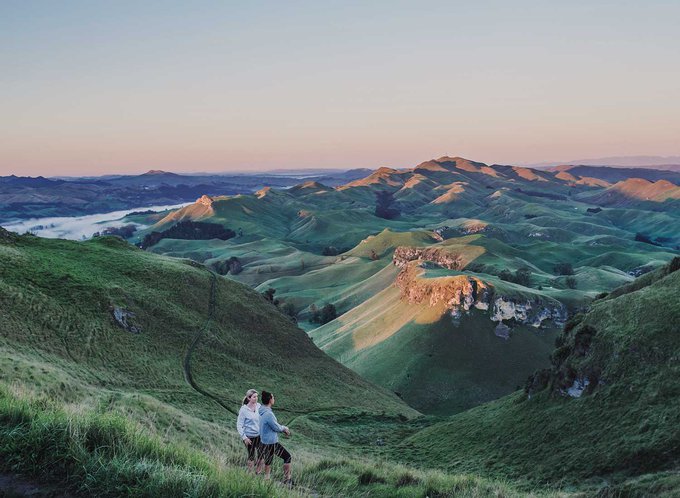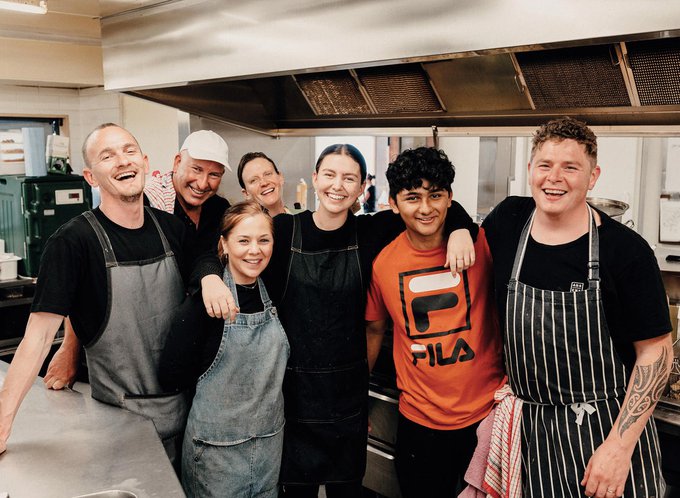Tramping the 85-km Old Ghost Road on the South Island’s West Coast, Georgia Munn encounters remote mountains and valleys, wild weather, snail-eating possums and the restorative power of a very long walk.
By Georgia Munn
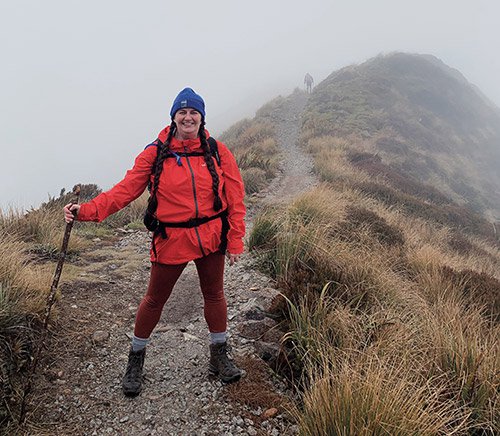 On a long, cold, rainy tramp a few years ago, a friend introduced me to the idea that there is more than one type of fun.
On a long, cold, rainy tramp a few years ago, a friend introduced me to the idea that there is more than one type of fun.
While we trudged, sodden and downtrodden, she told me that there’s Type 1 Fun – the sort where you’re doing something you love and everyone feels great about it. Then there’s Type 2 Fun, where something sucks at the time but you later realise how much you enjoyed it (or at least you enjoy bragging about having done it). I expected tramping the Old Ghost Road trail to be a lot of the second kind.
The distance made me nervous at 85km, it’s the longest single-track trail in Aotearoa and as it’s dual-use, I had visions of being knocked off ridges by macho mountain bikers. The prospect of wild West Coast weather and the area’s famed sandflies compounded my reluctance.
But my five days in this wonderfully remote part of Aotearoa proved to be nothing but joy.
Ghosts of the gold rush
Located in the Buller region in the northwest of the South Island, Old Ghost Road is a tramping and mountain biking track that revived a long-forgotten gold miners’ road. The trail was born when American adventurer Marion Boatwright got his hands on an 1886 map that proposed a road between Lyell, a long-gone former gold rush settlement, and Seddonville, a coal-mining town.
The surveyed road was never built, but Marion garnered support from the Department of Conservation and led the remarkable project to bring it to life. It took 25,000 volunteer hours plus a boost from the New Zealand Cycle Trail project to get the Old Ghost Road open in December 2015.
Remnants of the trail’s history haunt the track. More than 2,000 people lived in Lyell at the height of its gold rush in the mid-1800s, but it’s hard to believe this now. The struggling gold mine closed in 1914, and the settlement has been taken over by bush. All that’s left is a few rusty wagon wheels, mining tools, and mossy leather boots.
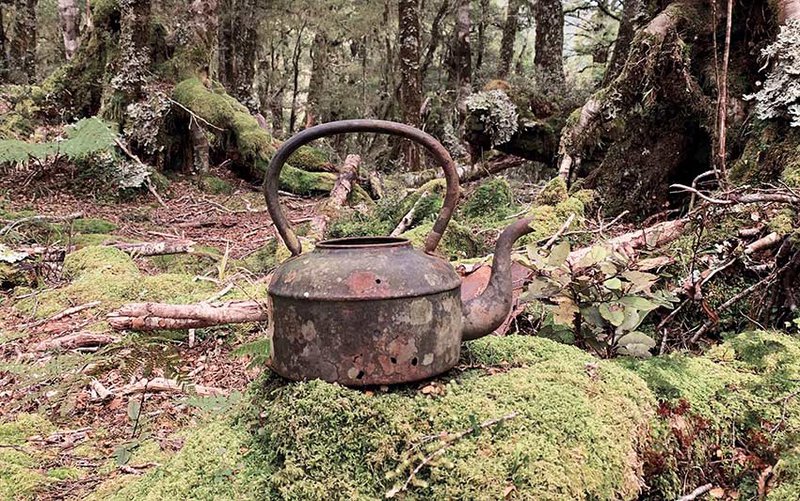
While originally conceived of as a tramping track, Old Ghost Road is vastly more popular with those on two wheels than on two feet. It’s graded for mountain bikers, which means there’s a pretty decent track and lots of switchbacks to keep the gradient gentle. Cyclists can tackle it in one or more nights, while most walkers take the four-night option.
Tramping isn’t known for its luxury, and the track’s huts provide simple accommodation for people happy to forego the comforts of home in exchange for some heavenly views. Sleeping 10 to 18 people, they’re communal spaces where the billy is always boiling and groups mingle. Common topics of conversation include comparisons of marathon times and recommendations for high-performance gear.
Tackling the trail
The spacing of the track’s huts seems odd at first, with day lengths ranging from a leisurely 12km to a more intense 25km. But once you’re on the track, it all begins to make sense. Each day’s walking seems to mark out a unique landscape, meaning you never know what to expect when you set off from the hut.
With this buffet of landscapes comes a pick ‘n’ mix of weather. Our group of six set off from Lyell carrying packs loaded with calorie-dense food and warm layers, but it was the sunscreen that proved essential on a clear and sunny first day walking to Lyell Saddle Hut.
The second day saw us climb gradually, trekking over a mountain ridge and finishing at Ghost Lake Hut. The day’s tramp was said to be rewarded with staggering views across mountain ranges and Ghost Lake, an alpine tarn.
In reality, we walked most of the day in white-out conditions above the tree line. Copious amounts of rain, mist and wind tested our Gore-Tex gear. There were certainly moments of Type 2 Fun here as we hugged the tussocky slopes to our right with a steep drop-off on our left. The conditions meant we couldn’t even see how far we’d fall if we stumbled – probably for the best.
But the weather didn’t hinder our journey and added a Tolkien-esque air to the experience. We were the first to the hut, where we started the fire, nabbed the best bunks and got our clothes drying. We settled in for a long evening playing cards and theorising about just how good the view might be on a clear day.

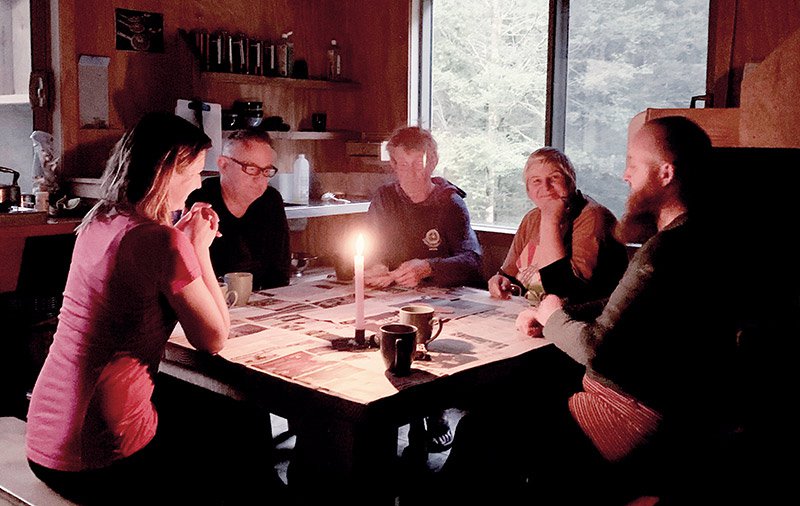
After the relaxed distance of day three, the fourth day scared us a little. At 25km and starting with a decent climb, we were glad a lot of the heavier food was gone from our packs.
After a few hours of climbing through slip-scarred alpine landscape, we came to a swing bridge with a heavy steel gate in the middle. A sign implored us to keep it closed – the possums on one side of the river have learned to prey on the area’s threatened carnivorous snails, and they need to be kept away from the other side’s possum population to stop the evil habit from spreading.
Kilometre markers and plenty of lollies kept spirits up during rainy hours, and soon enough we were safely in the hut making Irish instant coffees and engaging in a fierce 500 tournament.
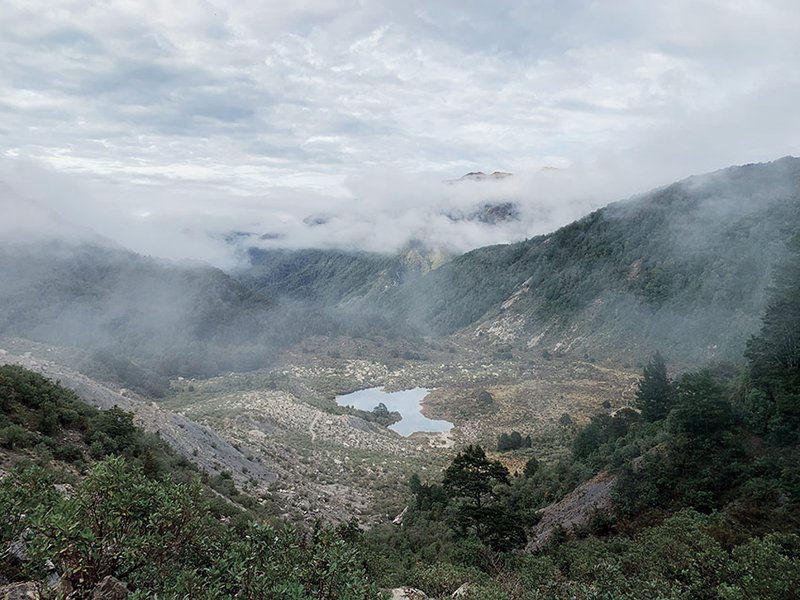
By our final day, walking had become a habit, and we felt reluctant to leave the hut for the last 17km. But the Old Ghost Road showed us out on a high note. This section of the trail has been carved out to hover above Mōkihinui River, with dramatic views across the gorge and forest enclosed by mountains. We were incredulous to read later that this gorge was nearly lost to a proposed hydroelectric dam in 2008 – luckily DOC successfully fought this, leaving the pristine land for trampers and cyclists to enjoy.
Tramping reduces life down to the basics. You have no option but to just keep walking. After the homogeneity of lockdown – loafing round my little flat in my slippers for weeks – the bush felt almost medicinal. I’m generally elated at the end of a tramp, but passing the final kilometre marker, I felt triumph tinged with disappointment that it was over.
Back to reality
We walked straight off the trail and into Rough and Tumble Lodge. Built by the trail’s founder Marion Boatwright, the rustic lodge proved the perfect bridge between the bush and the real world. The lodge speaks the same language as the trail’s huts, with its rough timbers and river views, but with hot showers, cold beers and huge meals. The first night back in a real bed felt amazing, but we were already feeling nostalgic about this incredible tramp. After a much-needed shower, I turned on my phone for the first time in five days. The screen seemed lurid and garish. I turned it off and went back to a game of cards.
Know someone who might enjoy this?
Good living
See all-
March 2021
In review
-
March 2021
Manaakitanga – more than just hospitality
-
March 2021
Land, sea and myth: Revisiting Hawke's Bay
-
July 2021
Breaking bread at Everybody Eats
